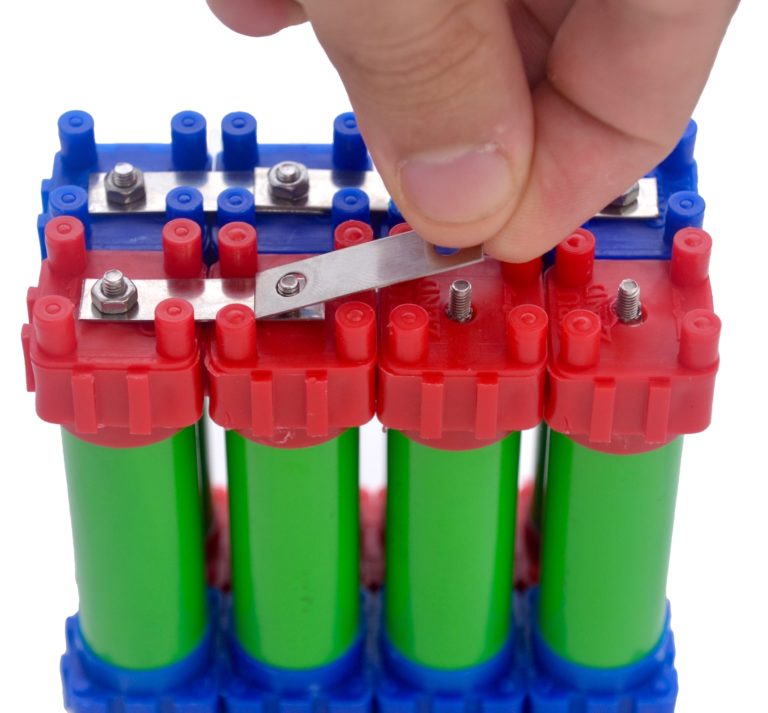- Thread starter
- #31
Are there any batteries by any of the usual manufacturers (Bosch, Brose, etc) that are not a 10s or 13s config? Or in other words, are any of these batteries not 36V or 48V?
I make those claims based on my experience with it, which I discussed with Marco Sonderegger. He confirmed the battery being on it's limit and ramping down at low SOC. He said they didn't go 21700 because they couldn't make it fit the water bottle shape. My intention of bringing up this example was not to prove that 48V is superior, but to say it can have advantages in some situations. It allowed Specialized to build a battery as small as possible while still being powerful enough.
I explained how I understand things, seems you interpreted it as me contradicting you. As I've said from the beginning, advantages from using thinner cables doesn't mean anything in this case. That's not something I'm suddenly admitting.
I've had electrophysics classes but my engeneering degree is not electrical.
I make those claims based on my experience with it, which I discussed with Marco Sonderegger. He confirmed the battery being on it's limit and ramping down at low SOC. He said they didn't go 21700 because they couldn't make it fit the water bottle shape. My intention of bringing up this example was not to prove that 48V is superior, but to say it can have advantages in some situations. It allowed Specialized to build a battery as small as possible while still being powerful enough.
I explained how I understand things, seems you interpreted it as me contradicting you. As I've said from the beginning, advantages from using thinner cables doesn't mean anything in this case. That's not something I'm suddenly admitting.
I've had electrophysics classes but my engeneering degree is not electrical.
Last edited:
